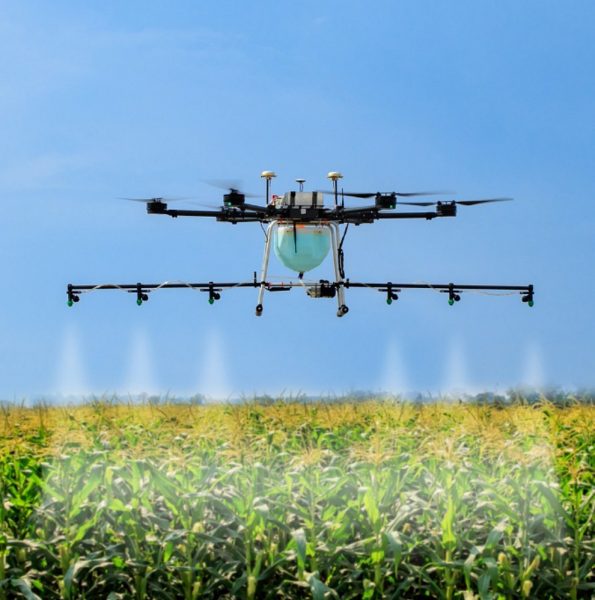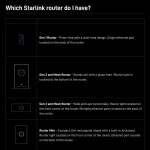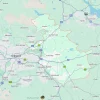Wessex Internet Start 5G Project to Connect Rural Dorset Farms

UK ISP Wessex Internet has today kicked off their side of the 5G RuralDorset (5GRD) project, which will use a mix of 5G technology and their existing fibre optic infrastructure to help bring data connectivity to remote rural farms. All of this will support the use of new sensors, drones and other so-called Internet of Things (IoT) solutions.
At present Wessex Internet is probably better known for having deployed various Fixed Wireless Access (FWA) and Fibre-to-the-Premises (FTTP) based broadband networks across rural parts of Dorset, Somerset and Wiltshire. Earlier this year they also joined the 5GRD project (here), which is being led by Dorset council and supported by £4.33m of public funding from the UK government.
The aim of this is to better understand how next generation connectivity can help people “live better, safer and more prosperous lives in rural communities.” As part of that Wessex Internet has been chosen to lead the agriculture and aquaculture trials, which involves farms from across Dorset, including two large arable farms in North Dorset, a mixed farm at Kingston Maurward College and a shellfish & seaweed farm on the Dorset coast.
Advertisement
The ISP will harness some of their existing 1,600km of ultrafast fibre in Dorset, and 150 existing wireless masts in remote areas, to allow for rapid deployment. As well as improving connectivity to the farm itself, the trials will also work to connect various vehicles and sensors to a 5G mast using NB-IoT (Narrowband – Internet of Things) technology.
Hector Gibson Fleming, MD of Wessex Internet, said:
“There is a huge range of exciting and innovative agricultural technology available from connected tractors, sensors, drones and even to robots. But the effectiveness of this technology for farmers has been hampered by poor mobile coverage in remote rural areas.
As poor coverage can’t support the transfer of data, farmers have to take the machine or technology back to base to upload information. This limits the immediacy of results and the ability to act on outcomes as they happen. We are hoping this will fix that problem and open up new possibilities.”
Peter Wharf, Dorset Council Deputy Leader, said:
“We’re really excited to be working with Wessex Internet who bring a wealth of experience to the project in fibre operations and are a trusted partner in network architecture. We’ve also been really impressed with their ability to conceive exciting and ground-breaking applications for this very new technology.”
We should point out that NB-IoT technology is a Low Power Wide Area Network (LPWAN) solution, which tends to use a subset of the LTE (4G) standard (not 5G) and usually operates at up to a max data rate of 159Kbps via just 180KHz of bandwidth (perfect for polling sensors).
The NB-IoT network will apparently be used to connect various vehicles, drones (used to monitor fields), cow tags (helping farmers monitor the health of their cattle), water monitors and small robots (helping to do things like growing the world’s first completely robot-grown field of wheat).
Mark is a professional technology writer, IT consultant and computer engineer from Dorset (England), he also founded ISPreview in 1999 and enjoys analysing the latest telecoms and broadband developments. Find me on X (Twitter), Mastodon, Facebook, BlueSky, Threads.net and Linkedin.
« O2 UK Tests OpenRAN to Boost Indoor 4G and 5G Coverage






















































This is interesting. Really good to see 5G-NR being put to more use than just speed. The
IoT can bring so many benefits.